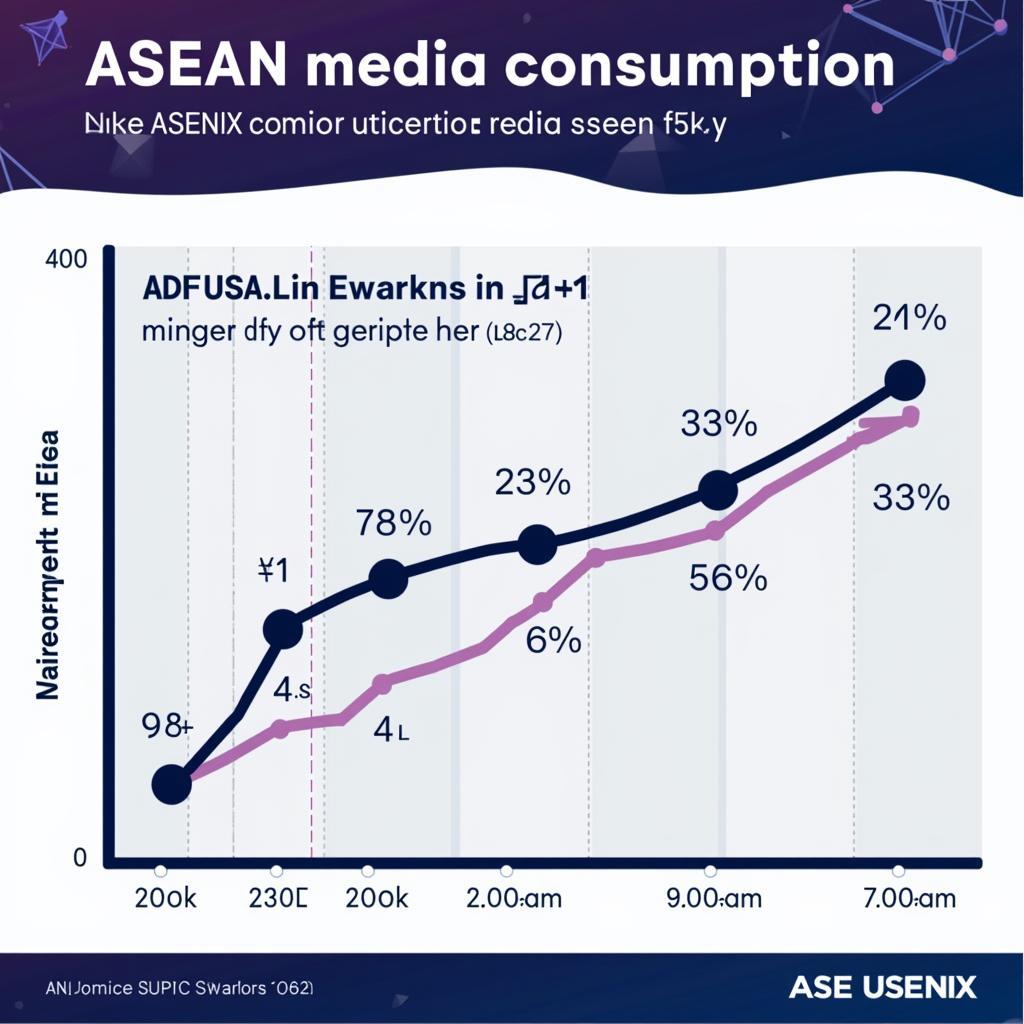Ase Credits are quickly becoming a hot topic in higher education circles, and for good reason! These credits represent a major step forward in creating a more interconnected and accessible learning environment within the ASEAN region. But what exactly are they, and how can they benefit you? This article delves into the ins and outs of ASE credits, exploring their significance and potential impact on students and institutions alike.
What are ASE Credits?
In essence, ASE credits are a standardized system for recognizing and transferring academic achievements between universities and institutions across ASEAN member states. Think of them as a universal language for academic qualifications within the region. Instead of each institution having its own independent credit system, ASE credits offer a unified framework that facilitates student mobility and academic collaboration.
 Students exchanging ideas
Students exchanging ideas
The Benefits of ASE Credits
The implementation of ASE credits brings about a wealth of advantages for both students and institutions:
- Increased Student Mobility: For students, this means greater ease in pursuing further education or research opportunities in different ASEAN countries. ASE credits streamline the transfer process, eliminating the headache of navigating complex credit conversion systems.
- Enhanced Academic Recognition: With a standardized credit system, qualifications earned in one ASEAN country hold greater weight and recognition in others. This strengthens the value of degrees and enhances employment prospects for graduates.
- Regional Harmonization: ASE credits contribute to the harmonization of higher education standards across ASEAN. By setting a common benchmark for academic achievement, it encourages institutions to strive for excellence and align their programs with regional needs.
How ASE Credits Work
At the heart of the ASE credit system lies the concept of learning outcomes. Instead of focusing solely on the number of hours spent in class, ASE credits emphasize the knowledge, skills, and competencies a student gains from a particular course or module. This outcome-based approach ensures that credits earned in different institutions are truly comparable in terms of academic rigor and relevance.
ASE Credits and the Future of ASEAN Education
The introduction of ASE credits marks a pivotal moment in the evolution of the ASEAN education landscape. As the system gains wider acceptance and implementation, it has the potential to transform the region into a leading hub for higher education and research.
- Attracting International Students: A unified and transparent credit system makes ASEAN universities more attractive to international students seeking diverse and high-quality learning experiences.
- Boosting Regional Competitiveness: By fostering academic excellence and cross-border collaboration, ASE credits contribute to enhancing the overall competitiveness of the ASEAN region in the global knowledge economy.
- Promoting Lifelong Learning: The flexibility and portability of ASE credits align perfectly with the growing trend of lifelong learning. Individuals can seamlessly accumulate credits from various institutions and programs throughout their lives, empowering them to adapt to the ever-changing job market.
ASE Credits: A Catalyst for Change
ASE credits are more than just a technical framework; they represent a commitment to building a more integrated and dynamic ASEAN community. By removing barriers to education and fostering a culture of academic exchange, ASE credits are paving the way for a brighter future for students, institutions, and the region as a whole.
FAQ
1. Are ASE credits accepted by all universities in ASEAN?
While the ASE credit system is gaining momentum, not all universities have fully adopted it yet. However, more and more institutions are recognizing its benefits and are in the process of incorporating it into their academic policies.
2. How can I find out if my university uses ASE credits?
The best way to find out is to contact your university’s international office or academic affairs department. They can provide you with the most up-to-date information on ASE credit adoption and transfer procedures.
3. Can I use ASE credits to study outside of ASEAN?
Currently, ASE credits are primarily recognized within the ASEAN region. However, as the system gains international recognition, there’s potential for it to be accepted by institutions in other parts of the world in the future.
4. What is the difference between ASE credits and ECTS credits?
ECTS (European Credit Transfer and Accumulation System) is a similar credit system used within Europe. While both systems share the goal of facilitating credit transfer, they have different frameworks and conversion mechanisms.
5. How can I learn more about ASE credits and their implications for my specific academic goals?
ase-transfer-de-la-o-facultate-la-alta
For personalized guidance and support, consider contacting our team of educational experts at ASEAN Media. We’re here to provide you with the information and resources you need to navigate the exciting world of ASEAN education.
Need Help with ASE Credits?
Navigating the intricacies of ASE credits can seem daunting, but you don’t have to do it alone. Whether you’re a student eager to explore educational opportunities in ASEAN or an institution seeking to integrate ASE credits into your system, Asean Media is here to help.
Contact us today at 0369020373 or [email protected]. Our team of experts is available 24/7 to answer your questions, provide personalized guidance, and connect you with the resources you need to succeed. You can also visit us at our office located in Thôn Ngọc Liễn, Hiệp Hòa, Bắc Giang, Việt Nam.
